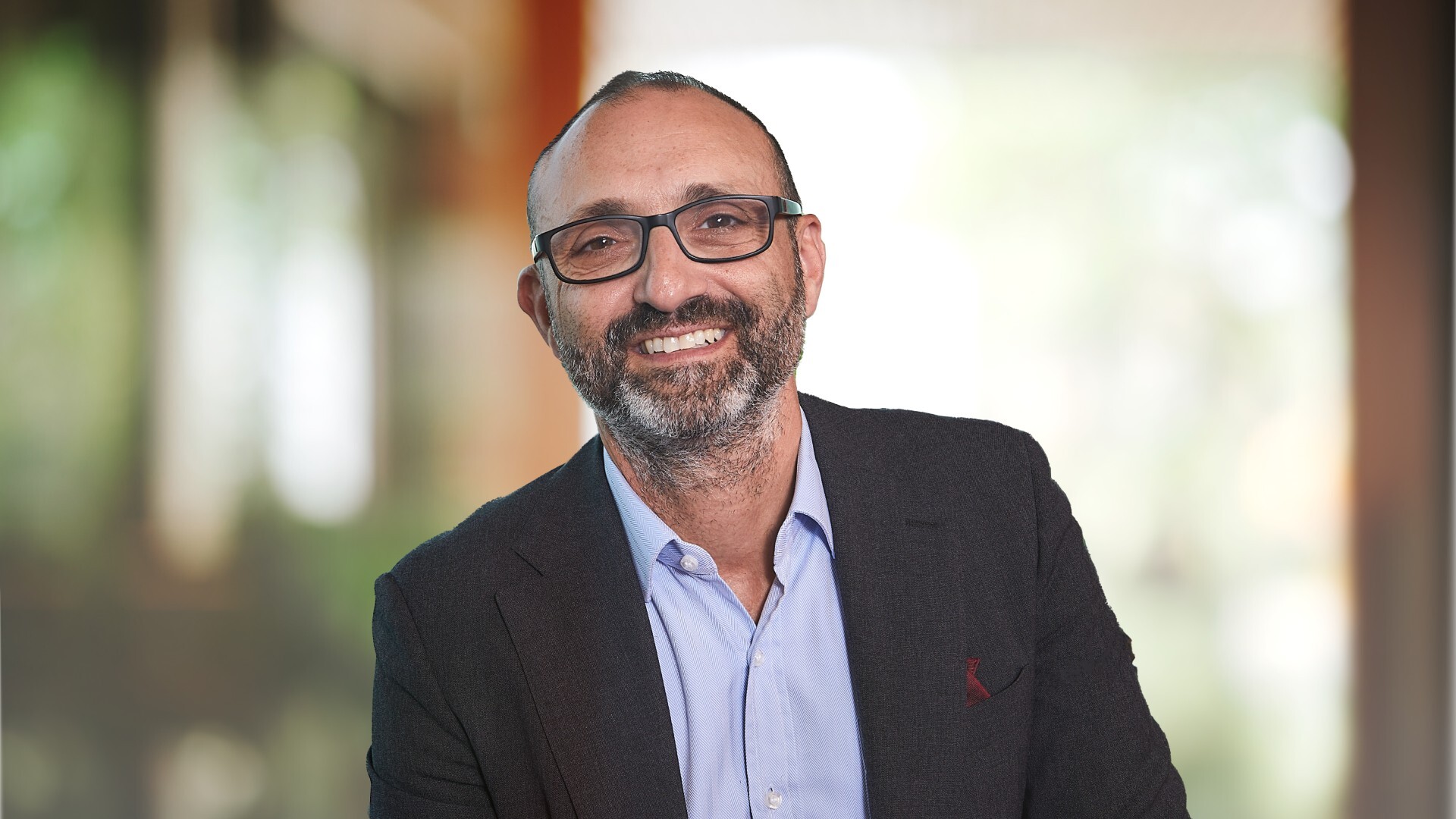How to invest $100k for growth
There’s a reason why lottery businesses are so profitable. We’ve already spent the winnings in our heads – paying off debts, luxury items and holidays, perhaps helping family too. How many of us consider investing as part of those pipedreams?
While it’s unlikely any of us on this platform will hit the jackpot, what is more likely is that at some stage, we’ll have some form of gain. Perhaps an inheritance, or a redundancy payout that we may want to invest for the future. A get rich slow scheme you could say.
If you were starting fresh with a lump sum, where would you invest it if you wanted growth, safely in the current environment? After all, with markets at highs, should one be more conservative and hold dry powder – or go in aggressively…
This was the premise I presented to Viola Private Wealth’s Charlie Viola with the arbitrary amount of $100k to invest. He also discussed how he is investing for high-net-worth clients with more flexibility to take on risk.

We're in a unique environment where equities are at all-time highs, inflation may be returning, rate cuts and valuations look stretched. Generally speaking, how are your investors feeling and responding?
The fact that markets are at all-time highs is not necessarily the real concern. Ultimately, markets have always been at highs over time, otherwise the client hasn’t made any money.
That said, domestic equities are looking stretched. Our multiples are really high. We’ve got the most expensive banks in the world and the most expensive consumer staples. If you look at Coles (ASX: COL) and Woolworths (ASX: WOW), they are trading at 30x, whereas Marks & Spencers is at 11x.
These are still good quality companies that are well run, with good balance sheets and almost monopolistic positions. They continue to drive revenue into client portfolios so we still use them.
We are seeing that mega-tech companies have continued to gobble up their competitors and protect their margins. Positive news is floating up to the top and it continues to drive markets forward.
While markets do look stretched, some of the data looks ok. US job numbers and consumer numbers are positive and the VIX has fallen and is at 12-month lows.
What we’re saying to clients now is that if you’re invested in equities, we’re not pulling that money out.
If we’re investing new money for clients, we’re probably keeping 50 or 60 cents of what we would otherwise be allocating to equities and keeping some powder dry.
It wouldn’t take much for markets to take a leg down – think a bad result from the likes of Nvidia - and that would be an opportunity.
We’re still an investor and we want to be prudent.
A few clients have asked about the conflict between Taiwan and China, and the impact to Australia but we encourage them to stay focused on the fundamentals and asset allocation.
We like disciplined parameter driven investing, where no one is overexposed to any particular asset class. We’re happy to go overweight a certain asset class if they really like it or don’t want to take gains, but we talk a lot to clients about how asset allocation makes up around 85% of total returns over time.
How are you responding pending whether a client is more cautious or more aggressive?
I don’t fundamentally believe that anyone is ever cautious or aggressive, you should be playing the market on its merits to achieve the outcomes the client is seeking based on their situation.
For those able to take on more risk, we use the private markets space fairly extensively. We are 40-50% exposed to private markets compared to public markets. We like private equity, private debt, infrastructure and special situation style funds to try and generated outsized returns to people who are comfortable with the liquidity constraints and additional risk.
Over the last 10-15 years, public markets have done a lot of the heavy lifting in terms of returns. What that has taught us is to keep some powder dry. It doesn’t matter how aggressive the client is, keep some powder dry so we can take opportunities when the market shows some weakness.
That weakness will come naturally. Trump may change policy. Rates might move in the opposite direction. Geopolitics could change sentiment. When we get a dislocation between what the noise is doing and what the signals are telling us, we want to take advantage of that.
If a client walked into your office tomorrow with $100k looking to invest for growth, what would the portfolio look like?
I’d put $70,000 of that into a split between domestic and global large-cap equities which are all proven and have good balance sheets and good management because they sit in the top of the index. Then I’d invest the remainder consistently and evenly into those over the next six months to take advantage of dollar-cost averaging.
For example, as a starting point…
Domestic equities
Investment: $35,000
Fund: SPDR S&P/ASX200 ETF (ASX: STW)
International equities
Investment: $35,000
Fund(s): iShares Global 100 ETF (ASX: IOO) or Vanguard US Total Market Shares Index ETF (ASX: VTS)
Just go and buy good quality, top-of-the-index large-caps because ultimately, when economies do well, that stuff does well.
If history tells us anything, if all you had done over the last 30 years was to go and buy the top 100 global stocks and the ASX200, you would have done absolutely fine.
Why have you allocated that way?
We are a business that believes in asset allocation and genuine diversification. For this amount, I wouldn’t look at private markets – you need significantly more to invest wholesale and adequately diversify in that sector.
There’s not enough scope for other asset classes, nor could the portfolio handle the illiquidity that other asset classes produce. I think there’s enough growth in public markets to do well over the medium to long term for an investment of $100K.
The only way to have genuine diversity when investing with $100K is using ETFs.
What is the game plan from here - do things change much if markets really sell off (20% plus) or keep rallying hard?
If markets sell off heavily, but some of the underlying data and underlying signals haven’t changed – earnings are still strong, job numbers are strong, US consumption numbers are strong – then ultimately we’ll take that opportunity to take further exposures to good quality assets.
A good example of that is when the market dipped on 9 April 2025, we reached out to virtually every client who had cash. We had around $300m in client money sitting in cash. We deployed around $150m over the four-day period.
Our biggest trading days and biggest activity days are when markets fall, not when they go up. If I look back over the last decade, we’ve added way more value in periods of dislocation than we’ve added when markets are just going up.
If markets keep rallying hard, we aim to be quite disciplined about our asset allocation. We will look to shave where we are considerably overweight any particular asset class, especially public equities. Then it forms some of the dry powder we might be carrying. They would have to rally much harder than where they are today.
We’re not taking money out at this point in time. We’re still comfortable to hold.
2 topics
5 stocks mentioned
3 funds mentioned

